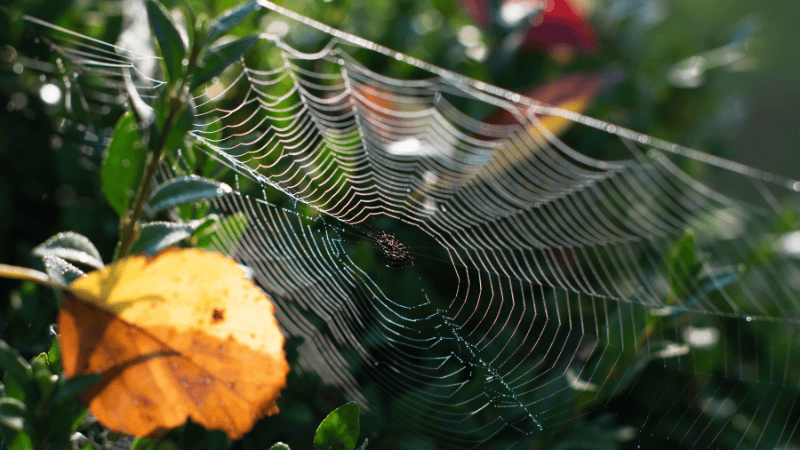Spotting a Bee's Nest Problem in Your Yard

Spring and summer are our favorite times of the year. The days are lighter longer, the temperature is warming up, and the air just entices us all to get outside and enjoy nature. Unfortunately, some homeowners are unable to truly relax outside because they have bees that have taken up residence in their trees, lawn, or hidden among the soffits and eaves of their homes. How can you spot a bees nest problem in your yard? Let's find out!

Common New England Bees
Before we begin discussing how to identify what type of bee's nest you have, let's take a moment to talk about the most common bees we see in our region of Massachusetts, New Hampshire, and Maine.Some of the most common species of bees you are bound to run into in our area include: honey bees (that we need to protect dearly), wasps, ground bees, Carpenter bees, and yellow jackets.Carpenter bees will probably not be a species that you would notice a hive or nesting area. They tend to make dime-sized openings in wood that serve as their tunnels and nesting area. They are commonly mistaken for bumble bees and can do some damage to the wood siding to your home if you don't eliminate them.Honey bees are an essential part of our ecosystem and pollinate our fruits and flowering trees. They are critical to keep alive, so if you spot these waxy nests hidden in a hollowed out tree, you should contact a Bee Rescuer who can safely transfer a hive to a place that is safe.Stinging bees like wasps, ground bees, and yellow jackets can be more problematic for homeowners as they can be aggressive when their nests are threatened. Let's take a deeper dive on what to look for to spot and identify one of these types of bees nests.

Identifying a Stinging Bee Hives
Knowing how to identify a certain type of stinging bees nest can not only keep you safe but help you when you call for professional assistance from a team such as ours at Pest-End.Wasp nests tend to look like a papery-gray football. Homeowners find them hanging from tree branches in their yard, or occasionally under building overhangs. These bees live in a social colony and can be very aggressive if they feel threatened. Leave removal to the professionals.Yellow jackets, also an aggressive form of wasp, can build their nests in the ground, in the crevices of a foundation, or hidden in a tree. One of the surest ways to find the small opening to a yellow jacket nest is to put out some bait and follow the bees back to the opening. Need a more specific guide to finding wasps, or yellowjackets in particular, click here.No matter the species of bee you are experiencing in your yard, call the experts at Pest-End to help you identify, treat, and prevent any further issues for you this year!



